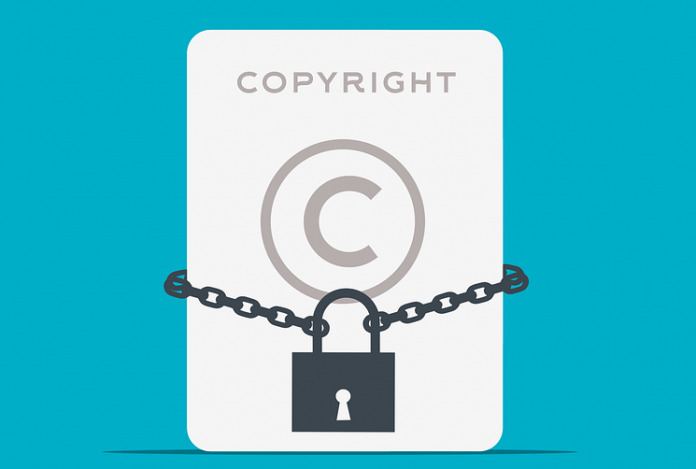Let’s assume that you have developed a unique and exclusive marketable product. What is the next step you need to take? Ideally, if you’re looking to monetize your invention, you may want to license your invention to another business. In most cases, this business could be a distributor or manufacturer who will look into your prototype and invest in mass production, marketing and advertising. Unfortunately, during this procedure, you could run the risk of revealing a good deal of information regarding your creation so that the invention could be stolen from you and no longer be protected by law.
Hence, the very company that you are trying to partner with could become your greatest competitor as they could steal the idea from you without paying you royalties. Hence, how can you protect your interests without having to jeopardize your rights? Ideally, most inventors, professionals, and amateurs look into two common strategies. Firstly, they file provisional patent applications, given that the invention is patentable. The second option is to go for a nondisclosure agreement that may be applicable whether the invention is patentable or not.
The importance of intellectual property rights
IPRs or intellectual property rights such as trademarks, patents and copyrights offer you legal protection upon which you can rely to safeguard your invention or creation. Your IPR determines what use can legally be made of your invention, and hence it is vital in ensuring that you are rewarded for your hard work. Unfortunately, the ease of modifying, altering or staking a claim over digitized material is a growing issue. Just as the Internet has made it convenient and quick to access material, it also poses grave economic risks for entrepreneurs and inventors such as you who build and market your invention. Therefore, when protecting your digital content, you need digital rights management or DRM that provides you with robust security features to protect your content.
The need for digital rights management in IPR
DRM uses encryption technology to give you control over content use and enables you to manage access to your copyrighted material. It gives you the ability to protect your rights as a copyright holder and prevent content from being distributed and modified in an unauthorized manner. Therefore, if your creations lie in PDF documents and files, you can trust DRM to clarify and control what users can and cannot do with your content. It protects you from the online challenges that every organization and business owner faces, such as protecting client information, customer details, financial credentials and more. In addition, implementing DRM for protecting your IPR ensures and demonstrates compliance, can enhance operational efficiency and prevent downtime.
Making DRM work for your IPR
So while you may have copyright laws that give you legal protection over unauthorized distribution, modification, sharing or copying of your PDF documents, and monitoring online activity in preventing illegal activity becomes a challenging task. In this regard, PDF DRM puts practical obstacles in place to avoid your content from being stolen or misplaced. For example, it typically enforces controls that prevent copying of content and gives you the right to limit the number of devices your PDF document can be accessed from. Furthermore, it enables you as a content creator and copyright holder to:
- Prevent authorized users, from copying, sharing, downloading, printing, editing, forwarding, saving or taking screenshots of your content or product.
- Establish expiry dates on the document that prevents the user from accessing your content beyond the specified date or establishing limits over the number of times they can access it.
- Restrict access to specific locations, IP addresses, devices and addresses.
- Apply dynamic watermarks to assert ownership and identity of content and user identity.
Advantages of using DRM for your IPR
In addition to protecting your right as a copyright holder and preventing acts of piracy, DRM offers you several significant advantages. They include:
- Copyright awareness. Most people pay little attention to copyright information of the content they possess. PDF DRM allows organizations to enforce what their clients can and cannot do with your digital content, which in turn can educate your recipients and users on how IPR and copyright works.
- Secures ownership. DRM is vital in helping you to protect your work. You can use the technology to retain ownership of your content and avoid anyone from modifying or rebranding it as their own. This aspect is helpful for researchers and scientists who seek to protect their inventions and creations.
- Protects revenue. Creators invest a good deal of time and money in creating research studies, courseware, e-books etc., in the hope of selling the content. However, if the data is leaked or shared without their knowledge, they could lose revenue. DRM enables you to ensure that users pay to purchase your work and access your creation.
- File privacy. DRM assists companies in securing their classified information and ensuring it stays private. This stops unauthorized recipients from gaining access or distributing and sharing confidential data.
Conclusion
In addition to applying intellectual property law to your inventions or creations, you also need to secure it further with digital rights management. A suitable DRM solution that is flexible will help you protect your IPR without insecure plug-ins or passwords and other complexities. Join thousands of satisfied individuals and organizations who use digital rights management to protect your IPR and securely distribute and sell their creations.







